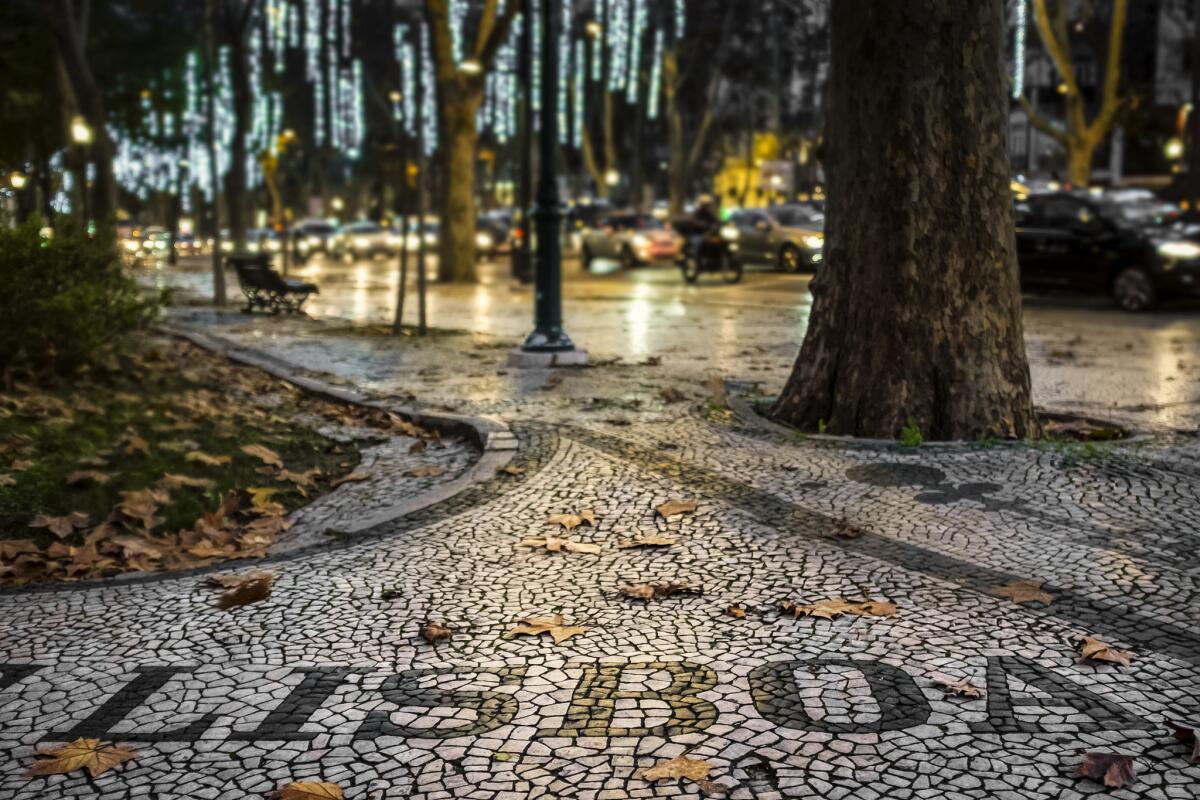Discover 6 of the world’s great cities by strolling their boulevards

When my architect friend Westley visits Paris, he doesn’t dawdle at the Louvre or climb the Eiffel Tower. Instead, he goes for a stroll.
“I want to experience the city like the locals do,” he said. “The idea of crowding around the ‘Mona Lisa’ with a scrum of tourists just doesn’t interest me.”
In other words, Westley is a boulevardier, a flâneur, that great French word derived from the Old Norse verb flana, or “to wander with no purpose.”
But Westley and his ilk do have a purpose: They participate in a city by observing the quotidian flow of street life. Sometimes you can learn more about a place by watching daily interactions along its thoroughfares than by visiting its monuments and museums — not that there’s anything wrong with museums and monuments.
I tried to argue. “What?” I said. “You’ve been to Paris five times and you’ve never visited the Louvre?”
But as I grew older and visited the same cities over and over, I came to appreciate the value of wandering, my eyes and ears open to the pulse of urban life.
Westley sees it this way: “Why spend a whole day in the British Museum? There’s nothing British in it anyway. Britain happens outside it.”
Besides, he insisted, exploring a city on foot costs nothing.
What better place to observe a city’s denizens, to reflect, discover and wander, than along some of the world’s most beautiful boulevards, those wide, tree-lined streets humming with city life? Here are some favorites.
Champs-Élysées, Paris

On the instructions of Napoleon III, Baron Georges-Eugène Haussmann (1809-1891) evicted 350,000 Parisians to lay down 50 miles of new boulevards, strictly regulating the height, color, materials and general design of adjacent buildings. Those edicts give Parisian boulevards their pleasingly uniform appearance.
But the Champs-Élysées, dating to the 17th century, is not part of Haussmann’s legacy. It runs 1.2 miles from the Arc de Triomphe (definitely worth a climb for the views) to the Place de la Concorde, where the Obelisk of Luxor towers majestically despite being more than three millennia old.
Look back from the obelisk to the Arc to see the boulevard at its best.
Commonwealth Avenue Mall, Boston

I’m a Bostonian by birth so, of course, I’m prejudiced, but even Winston Churchill called Commonwealth Avenue (“Comm Ave” to the locals) “the grandest boulevard in North America.”
The 200-foot-wide Comm Ave Mall, designed by architect Arthur Gilman in 1856 and inspired by Haussmann’s boulevards, covers 32 acres and runs eight architecturally homogenous blocks from Arlington Street to Massachusetts Avenue in the Back Bay, then west to Newton.
Gilman insisted that houses sit back 20 feet from the pavement, adding to the avenue’s grandeur and spaciousness.
In spring, magnolia trees grace the mall with their pink petals; in winter, its entire length glows with artfully illuminated trees.
Passeig de Gràcia, Barcelona, Spain
This artery, designed by Ildefons Cerdà, an urban planner who also conceived the city’s other boulevards, is embellished with four rows of closely spaced plane trees, tiled benches designed by Antoni Gaudí, elegant street lighting and the city’s most upscale retail outlets.
All of which makes this lively, mile-long boulevard the most beautiful street in a beautiful city. The 36-foot-wide sidewalks provide plenty of room for ambling. Stop at No. 43 where one of Gaudí’s most famous creations, Casa Batlló, welcomes visitors 365 days a year.
Tip: Buy an “early bird” admission for 37 euros (about $43), and you’ll have the place almost to yourself.
Eastern Parkway, New York City
This 2½-mile-long, historic landmark in Brooklyn, created by Frederick Law Olmsted and Calvert Vaux (who together also designed Central Park), runs from Highland Park to Grand Army Plaza and Prospect Park.
Six rows of trees spaced 25 to 30 feet apart and handsome brownstones set back from the street add to its appeal. A subway line runs underneath, so it’s easy to reach by public transit.
The Brooklyn Museum, which anchors the western limit of the parkway, organizes blockbuster exhibits that rival those offered by New York’s more famous museums. If you visit during Labor Day weekend, you’ll witness the West Indian Carnival Parade.
Via dei Fori Imperiali, Rome
Built on the orders of fascist dictator Benito Mussolini as Via dell’Impero, this impressive four-lane, tree-lined road was inaugurated in October 1932 with a military parade led by Il Duce himself.
The construction destroyed most of Julius Caesar’s and several emperors’ forums, memorialized in the avenue’s post-World War II name, Via dei Fori Imperiali, which means “road of the imperial forums.”

It is now pedestrianized, over the protests of local residents but to the delight of boulevardiers. It takes you on a stroll through ancient Roman history, stretching from the Piazza Venezia to the Colosseum.
Avenida da Liberdade, Lisbon
The avenida, constructed between 1879 and 1886, is variously described as the “Champs-Élysées of Lisbon” and “Lisbon’s answer to Fifth Avenue.” The 27-foot-wide pedestrian paths, decorated with black-and-white pavers and intricate mosaics, provide ample room to stroll. (Walk carefully in wet weather because these walkways are slippery.)

Two rows of trees on both sides provide shade. Nearly every international luxury brand has stores on this beautiful street. Plus, you’ll find three Lisbon Metro stations along it.
Although I still think museums are worthwhile, the world’s most beautiful boulevards are museums of a kind themselves, tableaux vivants, steeped in history, free for all.
More to Read
Sign up for The Wild
We’ll help you find the best places to hike, bike and run, as well as the perfect silent spots for meditation and yoga.
You may occasionally receive promotional content from the Los Angeles Times.






